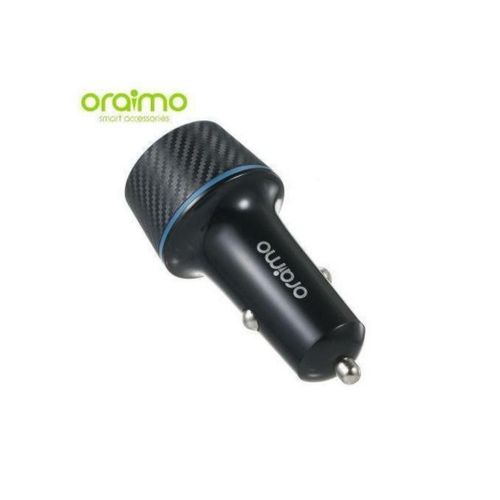PAU’s decade of growth powers Uganda’s $15 billion oil projects

ENTEBBE – The Petroleum Authority of Uganda (PAU) is marking ten years of regulating the country’s oil and gas sector, a milestone that Executive Director Earnest Rubondo describes as a decade of steady growth, institutional strengthening and careful stewardship of Uganda’s petroleum resources.
Speaking during a press conference at the Authority’s headquarters in Entebbe on Wednesday, Rubondo said PAU’s evolution over the past decade has been central to ensuring that the sector develops sustainably, transparently and in a manner that will benefit all Ugandans for generations.
From its humble beginnings in 2016 with only one employee, the Authority has grown into a highly specialised regulatory institution of 220 professionals, with an average staff age of 40 and expertise spanning engineering, geology, economics, environment, data science and legal affairs. The Authority has been guided by three strategic plans over the past decade, each aligned with the country’s National Development Plans II, III and IV. These plans—Delivering While Growing, Unlocking Uganda’s Oil and Gas Industry for Sustainable Development, and the current Enabling a Sustainable Petroleum Industry—have defined PAU’s priorities as the sector transitioned from exploration to major development. Rubondo noted that more than 48 operational manuals and guidelines have also been developed to strengthen internal processes and streamline PAU’s engagement with licensees and partners.
Throughout this period, the Authority has anchored its mandate on five key areas of regulation: the management of petroleum resources, cost control, data management, environmental and social oversight, and the promotion of national participation. Rubondo revealed that since 2016, the Authority has compiled and submitted to Parliament annual Petroleum Resources Reports, which document the country’s reserves and production forecasts. Improved analysis and enhanced data have contributed to an increase in Uganda’s oil-in-place estimates from 6.5 billion to 6.65 billion barrels, while recoverable reserves have increased from 1.4 billion to 1.65 billion barrels. Uganda’s understanding of its petroleum endowment, he said, is now more precise and in line with global standards.
Uganda’s flagship projects—Tilenga, Kingfisher and the East African Crude Oil Pipeline (EACOP)—have progressed significantly since the Final Investment Decision was announced in 2022, unlocking more than US$15 billion in investment.
The construction phase is currently at its peak. At the Kingfisher development, all 19 wells required for First Oil have been drilled, bringing the project to 74 percent completion. Tilenga stands at 60 percent completion, with 164 out of 170 wells drilled. EACOP is now 75 percent complete, with all its pipes delivered from the port of Dar es Salaam and nearly 1,000 kilometres already welded. About 200 kilometres have been tested and buried, including 150 kilometres within Uganda. Rubondo added that PAU has reviewed and approved every major technical submission for these projects—ranging from Front-End Engineering Designs and drilling programmes to reservoir models and social and environmental studies—ensuring they meet international standards. The refinery project also made significant progress in March 2025 with the signing of the Implementation Agreement, paving the way for final design work, financing mobilisation and the establishment of the Refinery Company.
In the area of data management, PAU has established one of Africa’s most advanced petroleum data environments. The state-of-the-art data centre at Petroleum House, operational since 2021, now houses more than 60 terabytes of electronic data and thousands of physical samples. It forms the core of the National Petroleum Data Repository, which will soon be expanded with the completion of a Real Time Monitoring Centre.









0 Comments